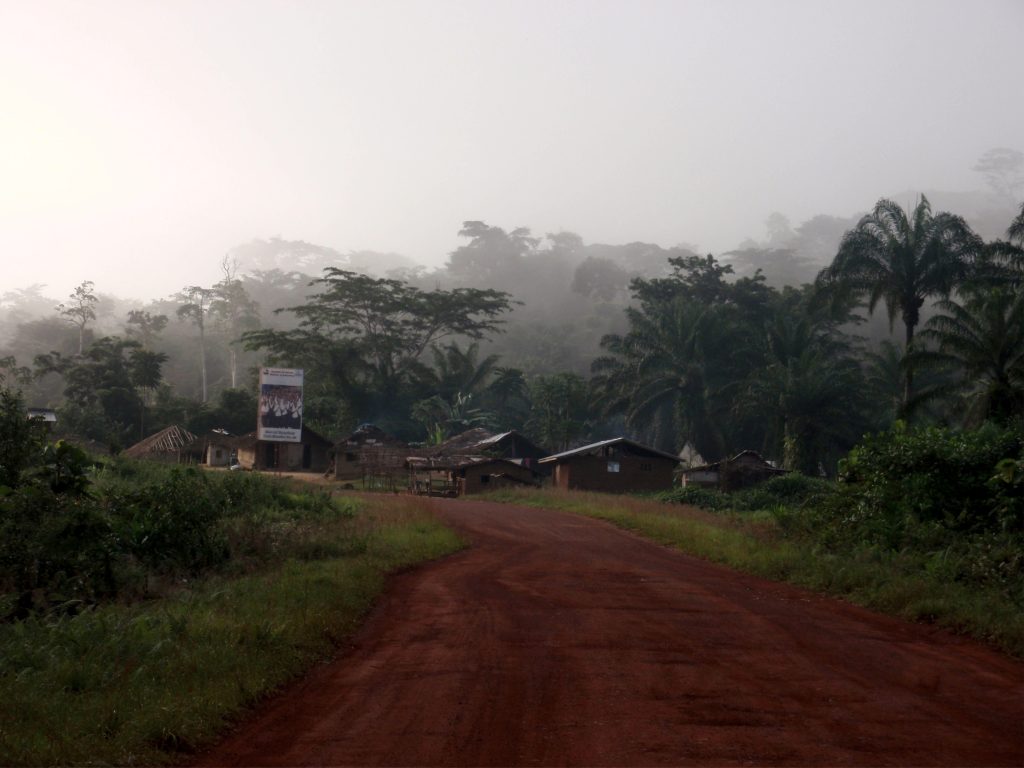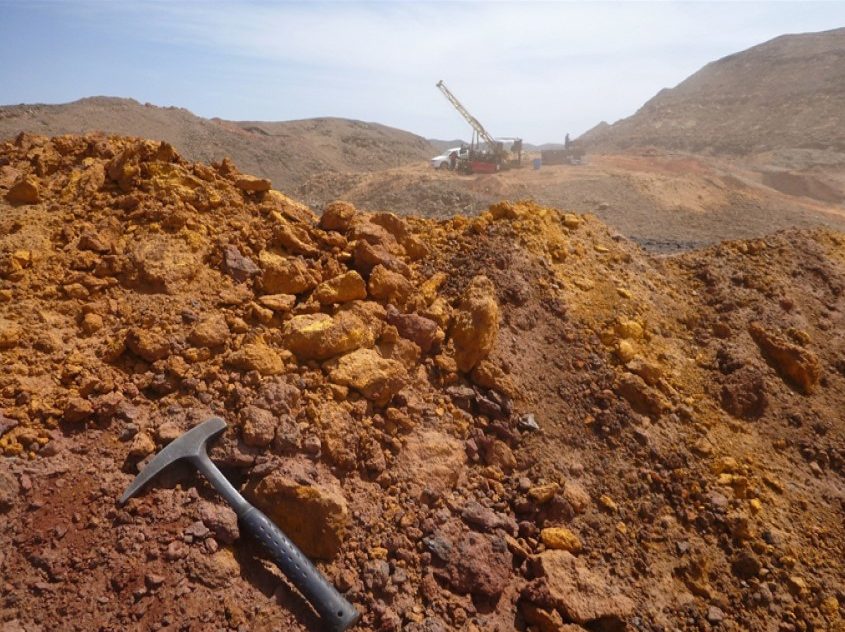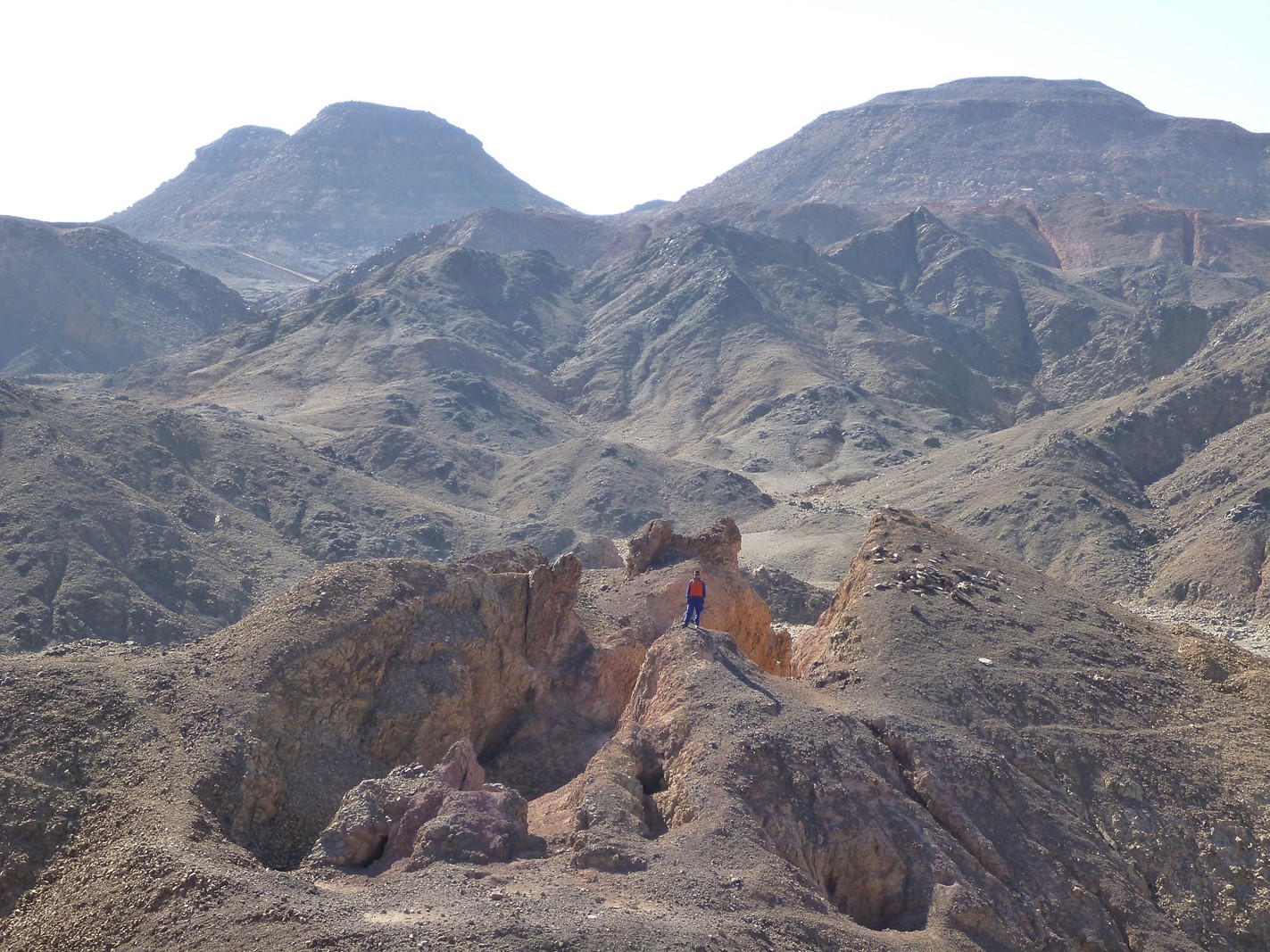Africa: a treasure trove of mineral opportunities

Liberia red roads and jungle
By Danae Voormeij, MSc, PGeo.
Africa’s population is young, with an average age of 19 compared to the global average age of 30. Centered on the equator, many of its countries have tropical rainforest or tropical savannah climates.
Africa is a resource-rich continent that is host to many types of mineral deposits, such as gold in greenstone belts, VMS-style gold and copper, diamond-bearing kimberlite pipes, lithium-bearing pegmatite swarms, placer deposits of gold, and coltan. There are also the giant stratiform copper-cobalt deposits of the Zambian copper belt, platinum in the kilometre-deep Bushveld complex in South Africa, rich gold seams in the 3 kilometre-deep Witwatersrand mines, high quality diamonds offshore Namibia, and the gemstone paradise of Madagascar.
In ancient times, African empires were built on the mining and trading of gold. At of the time of the crusaders, the Mali Empire controlled many of the countries along the Niger River.
Around the same time, there was the Great Zimbabwe Empire, where the Bantu (Shona) people were thriving in Zimbabwe, largely on the mining and trading based on their rich gold mines.

Even further back in time, in ancient Egypt, the pharaohs in northeast Africa were so obsessed with gold that their royal mummified remains were decorated in gold to light them through the afterlife. Three thousand years ago, Ramses the Fourth had a geological map drawn on papyrus, featuring several large gold mines of the Eastern Desert.
Though much has been mined historically from these locales, a great deal of gold remains in the ground. Ancient civilizations only reached down about 35 metres and during British colonial rule, when many ancient mines throughout Africa were reopened, mining only extended down several hundred metres.
Today, we know that large gold and copper deposits can reach 1 to 2 kilometres in depth and can occur in clusters. Each successive civilization gets another stab at the same goldfields, and with their latest technology for discovery and more efficient recovery methods, they go deeper and mine lower grades than before.
With 54 countries, new windows of opportunities for mineral exploration open all the time in Africa. It is worth being prepared to jump when they open, as first movers get the chance to explore some incredibly prospective properties, pick up talented employees and make big discoveries quickly.
To get an exploration license in countries with a Mining Code designed to attract foreign investment, you can expect to commit funds to be spent on exploration, hiring locally at least in large part, submitting annual and quarterly work progress reports, dropping a quarter to half of the exploration claim area after every 2-3 years and declaring a commercial discovery within 7 years.

Exploitation (mining) licenses are awarded after a commercial discovery is claimed, with mining terms and conditions preset in the Mining Code. That is why explorers and miners want to make sure the Mining Code is firmly in place before proceeding with exploration, so that they know what to expect when they declare a maiden resource. In the Mining Code, the norm for many countries is 3% NSR, increasing as the price of gold increases, to around 5-6%.
Ten years ago, following the success of several large new gold discoveries in West Africa, places like Mauritania, Burkina Faso and Mali were the new hot spots for exploration. Some of those locations are now waning in security and changes in the Mining Code are making some jurisdictions less favourable for new investment than before.
Just five years ago, Endeavour Mining was adding ounces to their Karma gold mine in northern Burkina Faso. Today they are pulling out of the area because of an increase in local violence. Luckily, they have other gold mines in Burkina Faso to fall back on, and their focus has shifted to their new Lafigue gold project in Ivory Coast.
Foreign investment has been flocking to Egypt and Sudan, lured by the gold and copper riches of the Nubian Shield. Centamin’s Sukari Gold mine’s first gold pour was in 2009 and today they are ramping up to an incredible 500,000 ounce a year of gold production.
In Sudan, turf wars over gold fields overrun by illegal artisanal miners displacing hundreds of thousands of people are creating uncertainty for foreign investment. In Egypt, the government is taking too long and they also complicated the process, so that large, responsible gold mining companies are moving out as they see the window of opportunity closing before them.
In Botswana, Lucara Diamonds have recovered a number of giant diamonds at their Karowe mine, including four stones weighing over 1,000 carats, the only mine in history to do so.
These windows of opportunity are open for a limited length of time, perhaps 7 to 15 years. Just enough time to get in there, secure great licenses, work the projects fast and hard while developing local talent and keeping respectful relations with the locals, artisanal miners, and governments alike.

Then a major mining company buys the project from the exploration company (investors rejoice) and if they are fast, they have enough time to develop the project into an operating mine and mine for 5-10 years. Successfully done, the discovery can cause a staking rush and a flocking of further foreign investment, but they will already be 5-10 years into the window.
What causes the windows of opportunity to close? Elections can be tricky – keep a wary eye. Civil war can but doesn’t have to affect mineral exploration, depending on the duration. In 2013, Alexander Nubia was drilling away in the Eastern Desert for gold and copper while 600 kilometres to the North, a violent military coup took place in Cairo.
A change in government can affect the Mining Code. A new leader may want to alter the rules. A big fear is nationalization of foreign assets after an exploration company has spent years exploring, drilling and developing their project. This is where the window has closed. It is rare but it does happen.
Or it happens in stages. For example, Mali is currently increasing state and private interests in mineral projects and is imposing new laws that give the government the right to 10% of a new project and the option of another 20% project ownership within first two years of commercial production. In Cameroon and Gabon this is an additional 25%.
Sometimes governments can’t make up their mind and it takes years for a contract to get signed and for exploration to begin. Those are jurisdictions that have a narrow window of opportunity.
As some countries descend into chaos, others rise with a favourable new mining code to attract foreign investment once again.
The are ways to navigate and maximize windows of opportunities: Watch for those openings in jurisdictions that are of interest to your company’s business focus. You can research and list the countries of interest in advance. Be prepared to jump in as a first mover.
Be adaptable and have multiple projects in multiple jurisdictions so that you can afford to pull back from one project when risk begins to increase in that area and there are other projects to fall back on.
Hire, foster and mentor the best young exploration geologists you can find early on and they will be your support team. These are often exceptional young people with admirable qualities who have endured incredibly hard times, and still chose to follow a degree in geology.
Hire a local official as your country manager – ideally someone who is retired from the Ministry of Mines and well respected. It just facilitates meetings, clarifies expectations and gives back to the country.
Prepare your exploration team for the thick laterite and saprolite (oxide) cover overlying fresh rock as these red soils cover the landscape in many African countries so you can hit the ground running.
African countries that have an attractive Mining Code for foreign investment include Ivory Coast and Botswana. Countries that I am keeping an eye on because of recent improvements to their mining laws are Tanzania and Madagascar.
